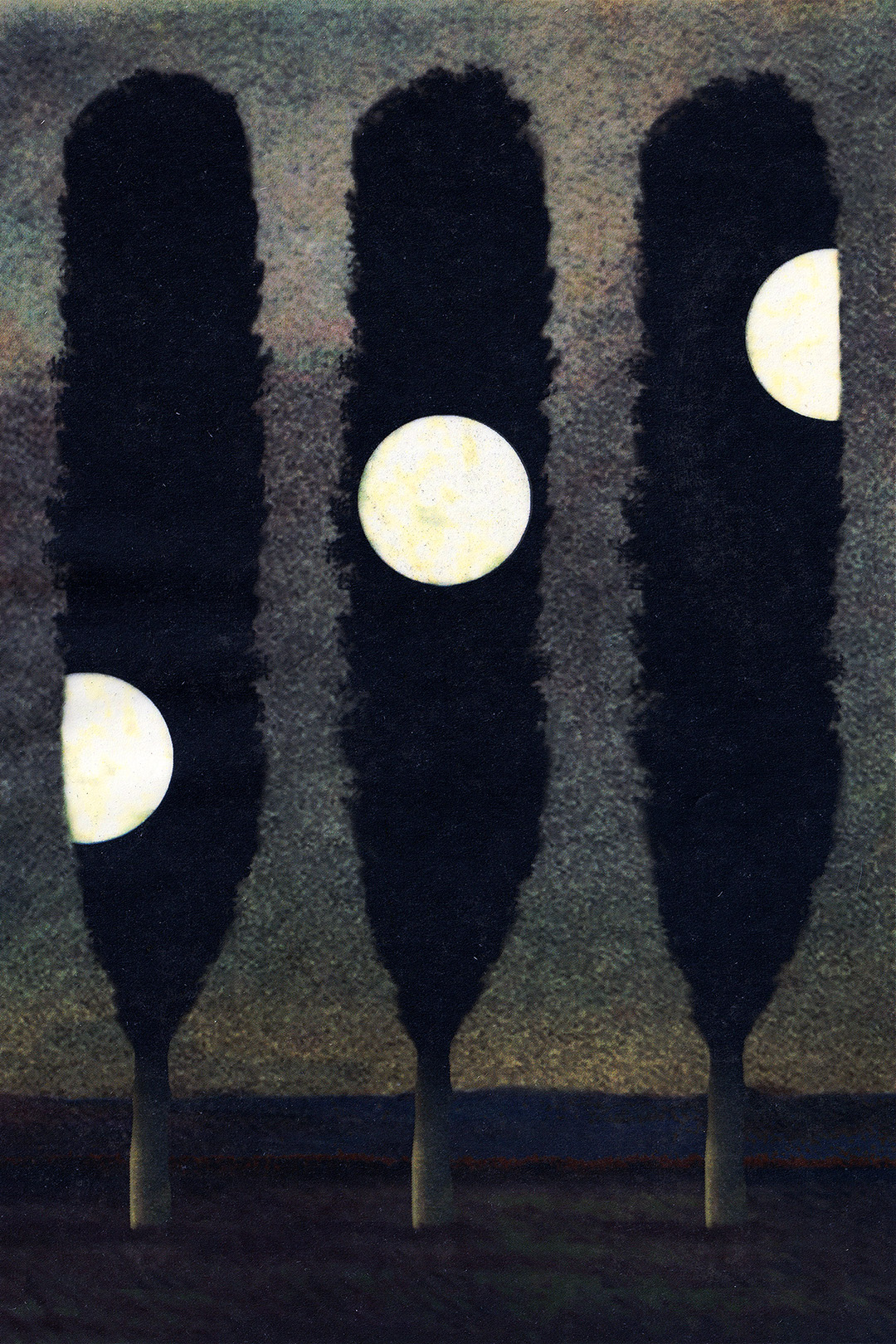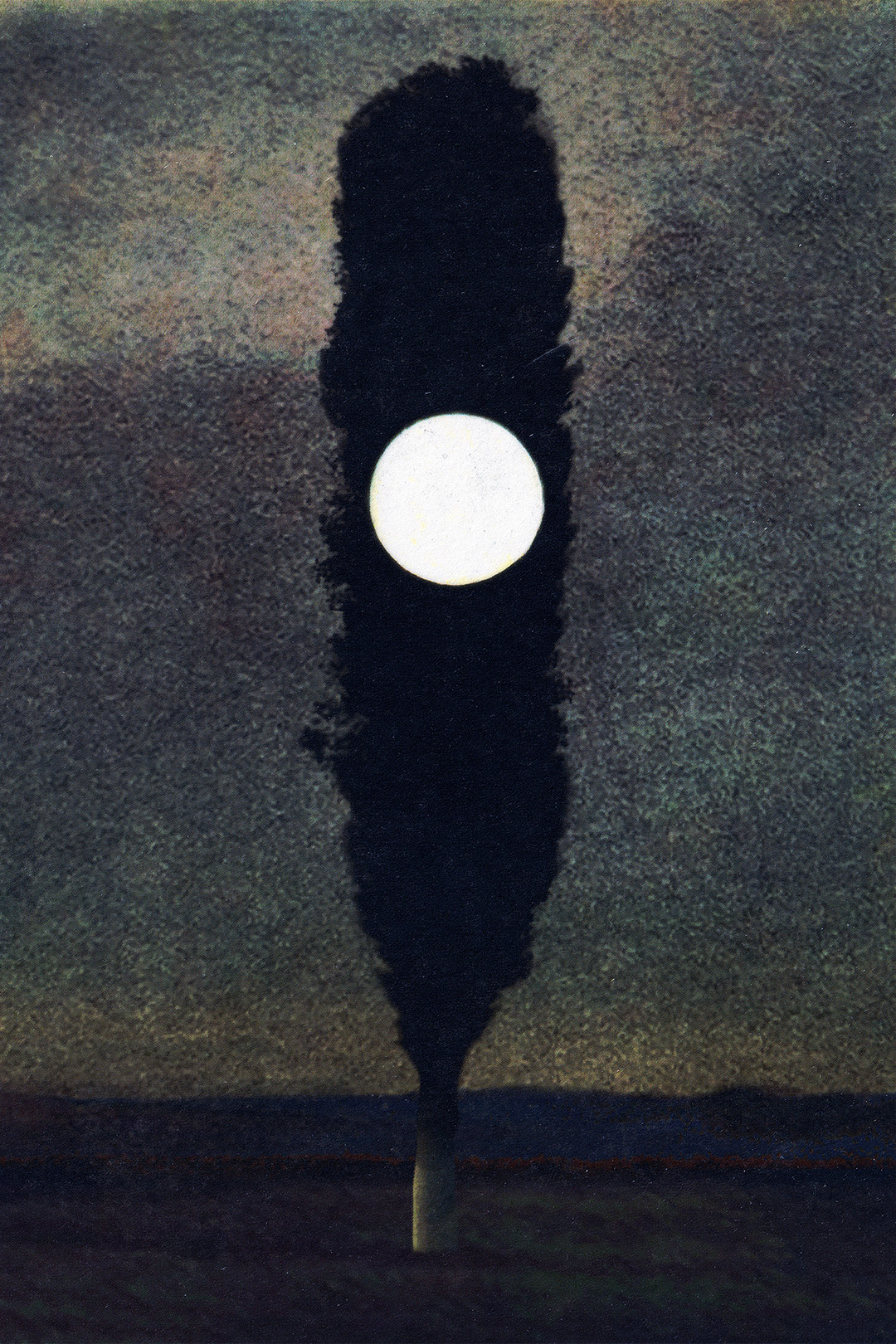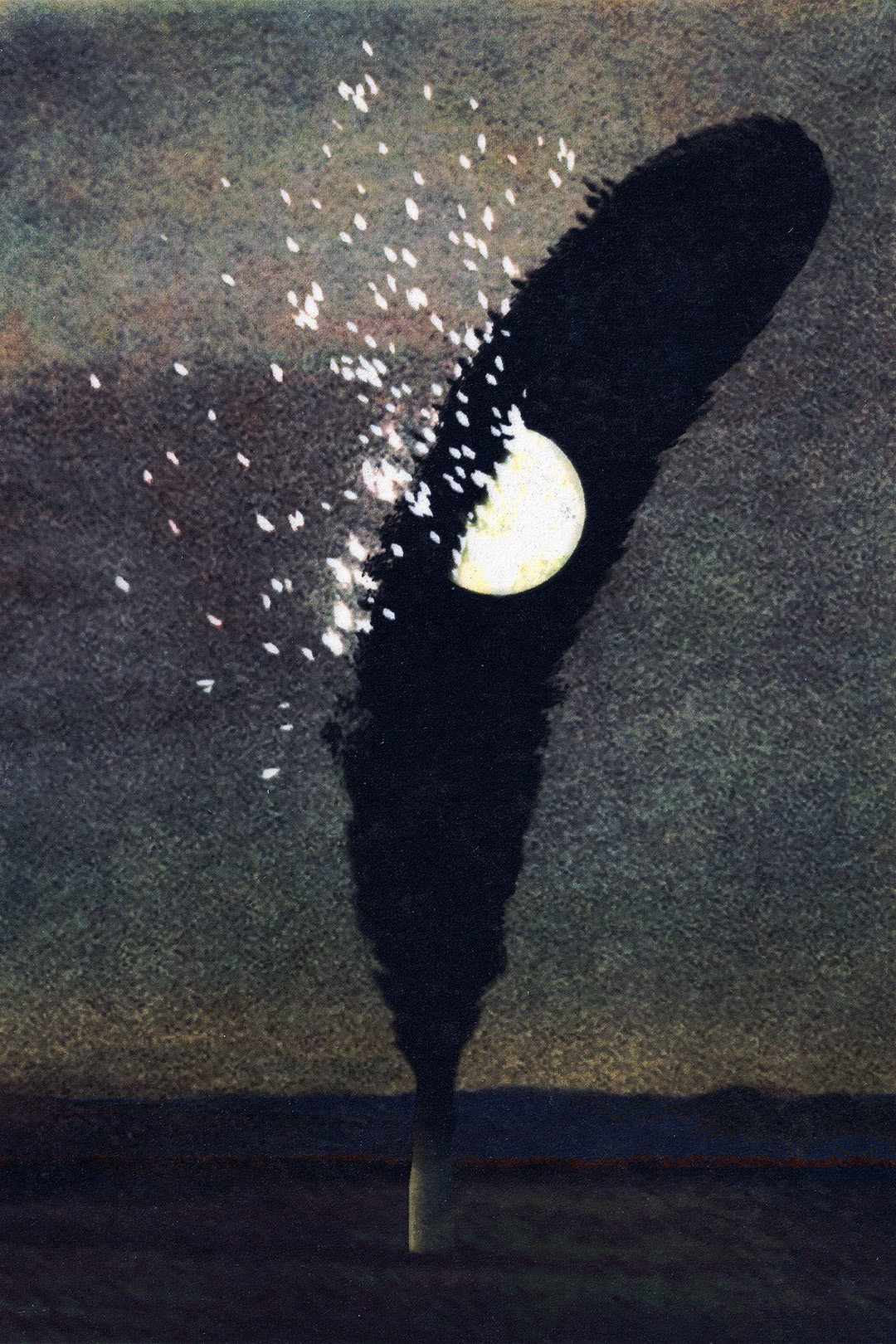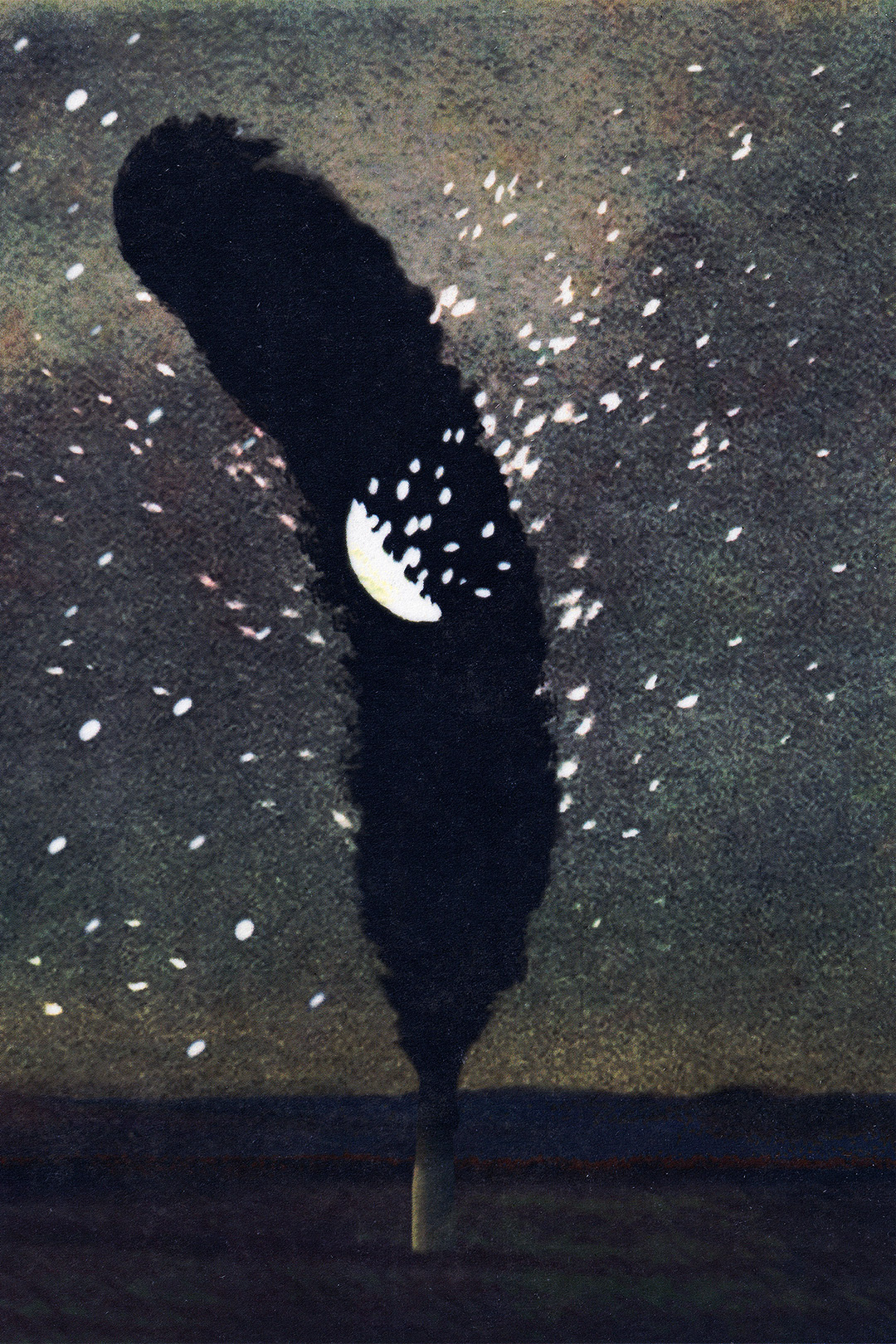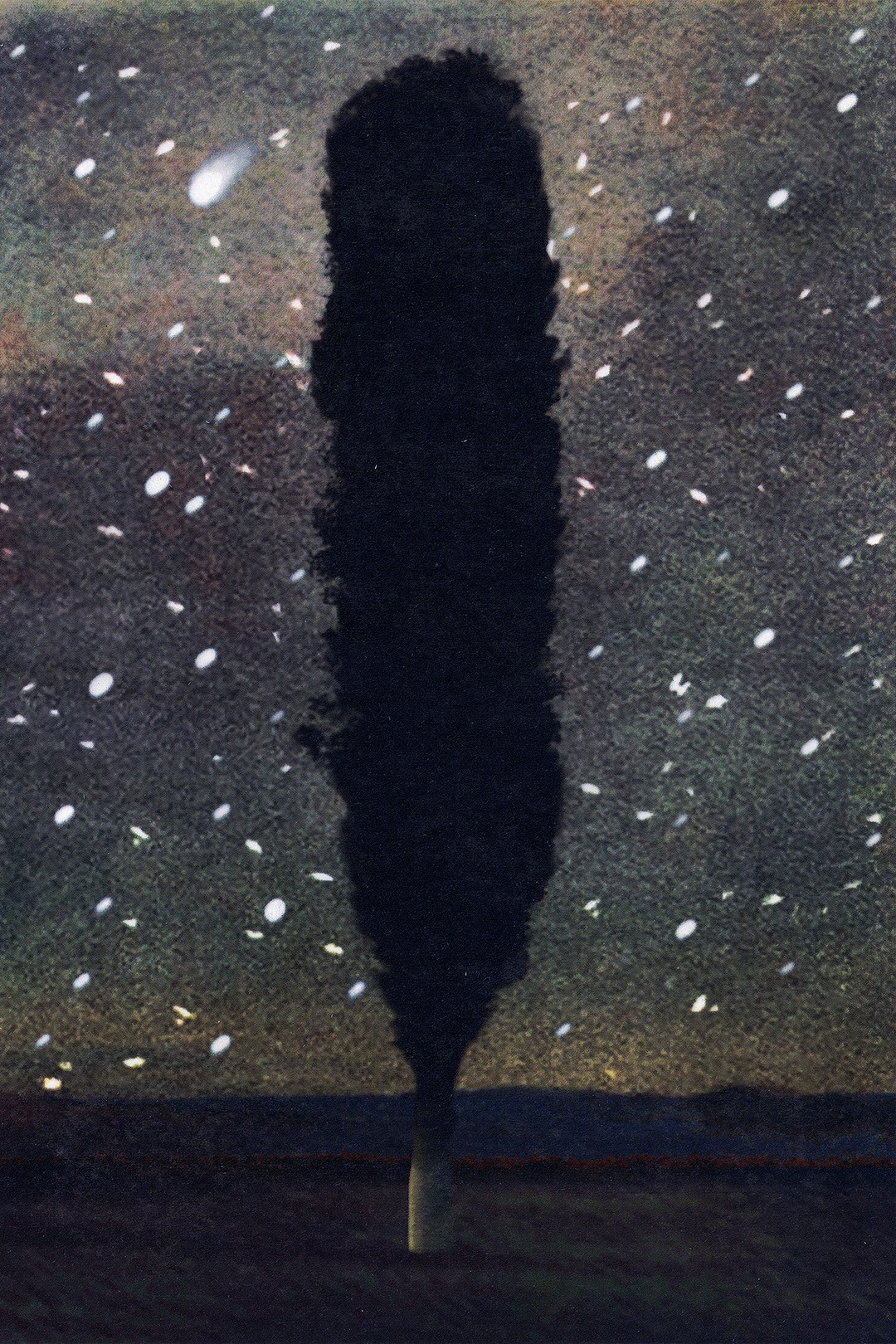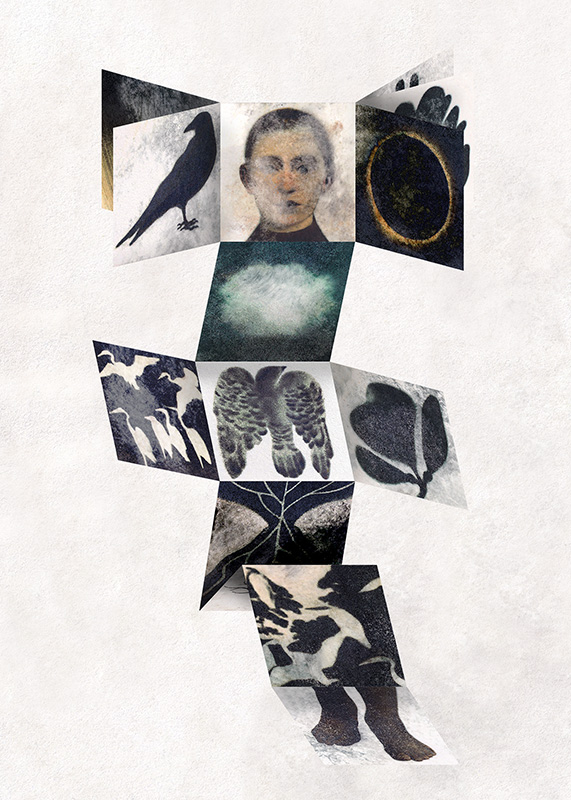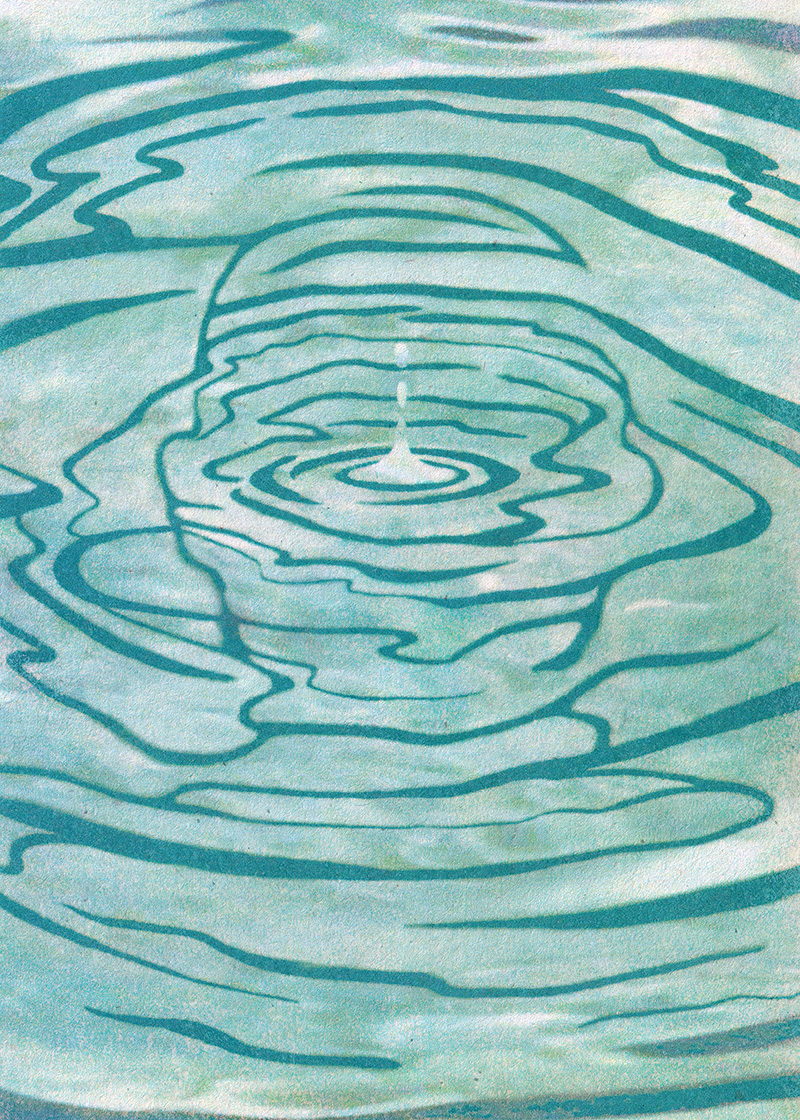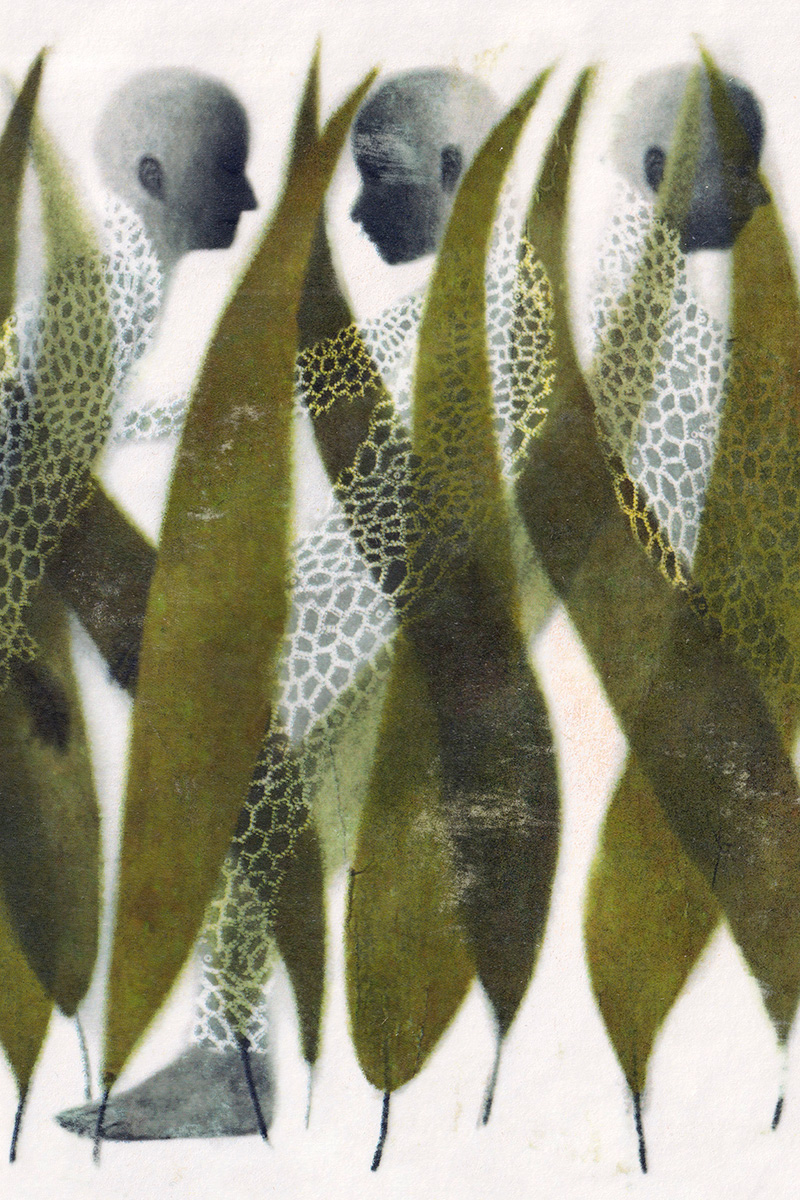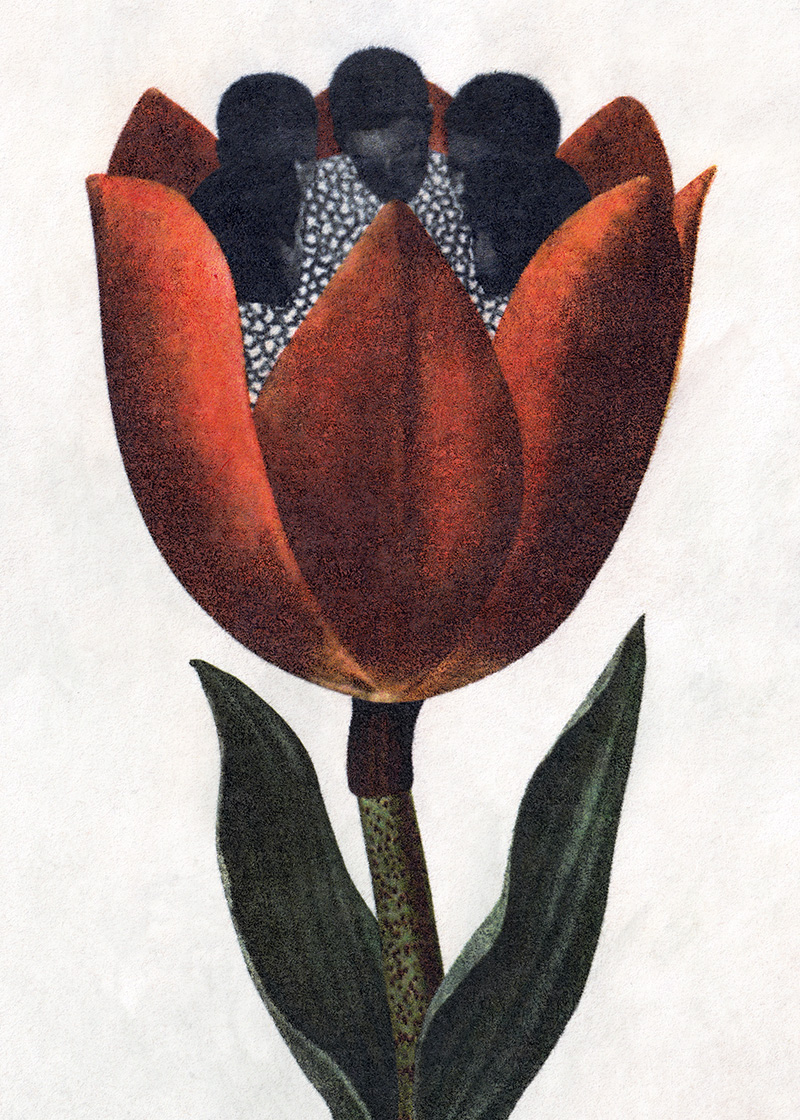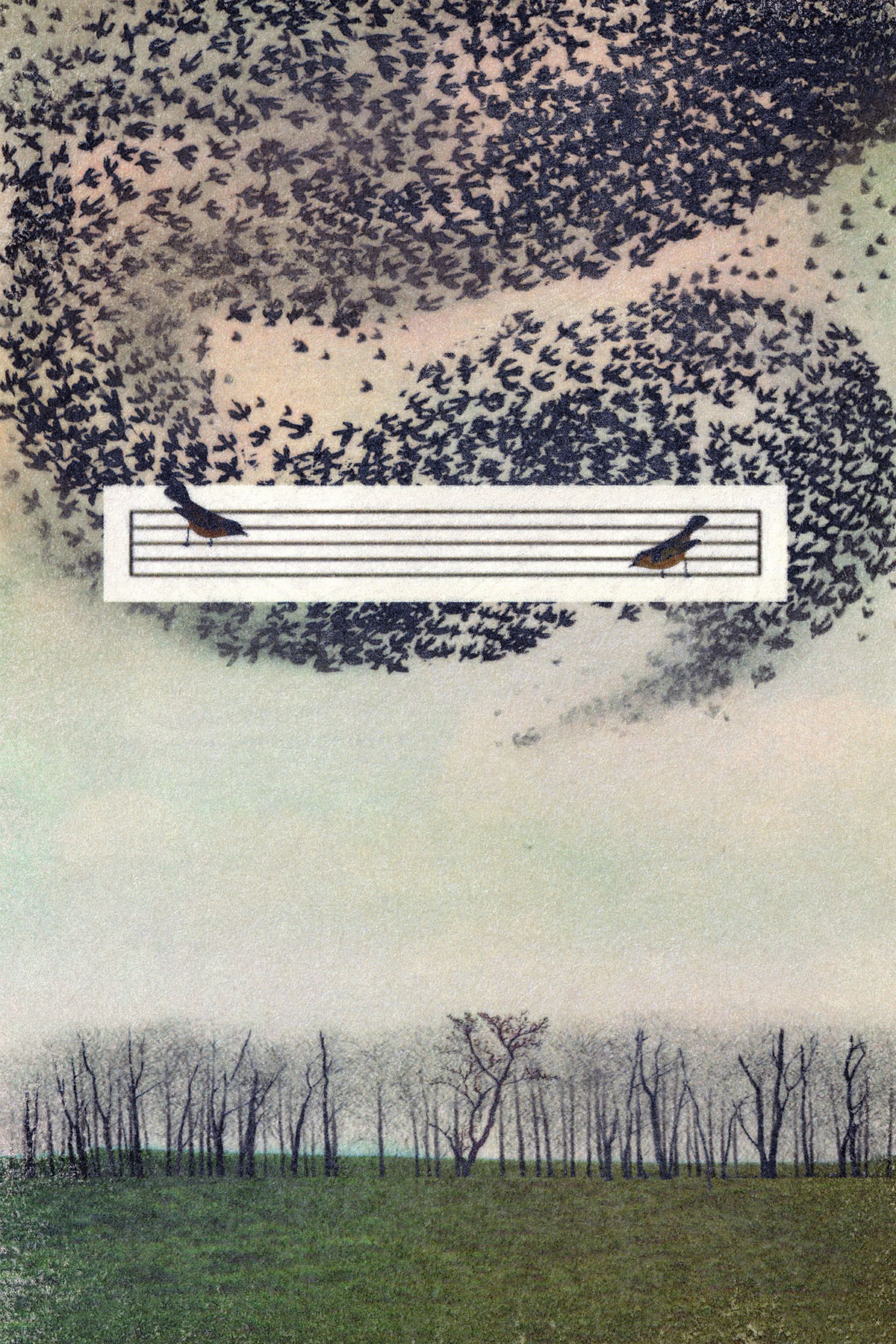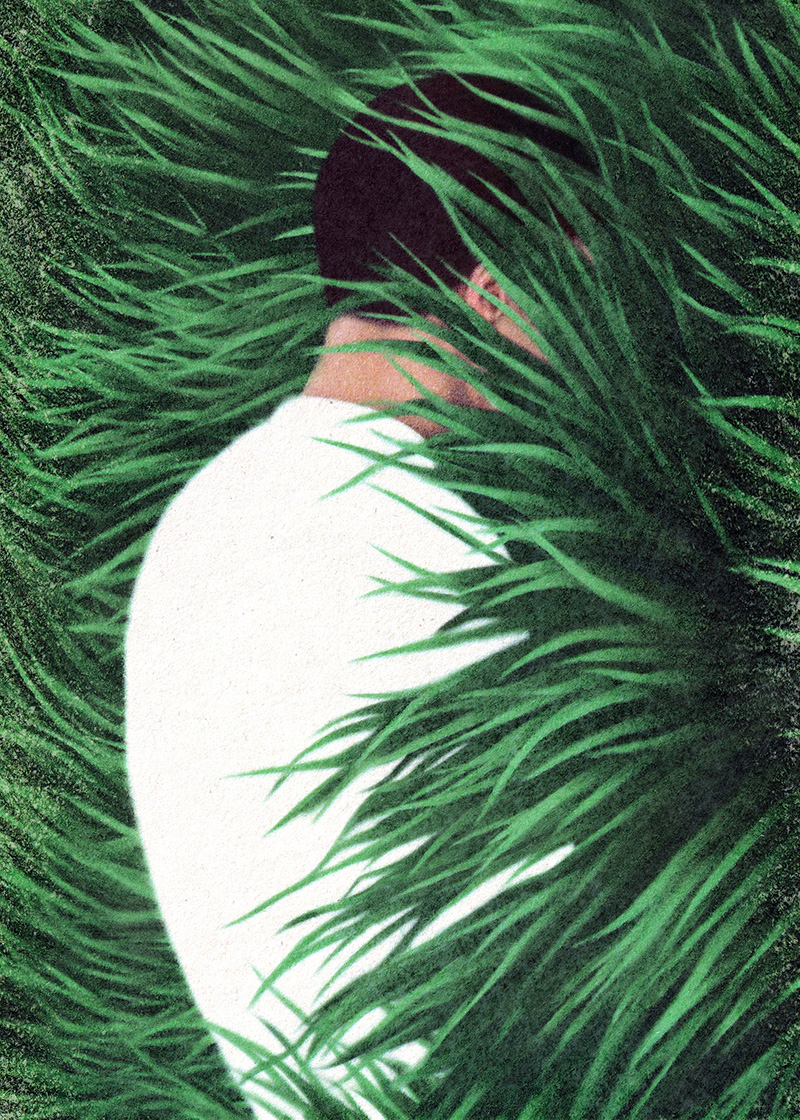Being with the Dark
an Emergence Magazine Practice
Emergence practices offer meaningful ways of connecting to the living world, inviting you to bring an element of one of our stories into your life. Whether you live in the city or in a place where the outdoors is more accessible, this practice is a guide for settling into the expansive wonder of the dark.
We’re living in a world that is perpetually bathed in artificial light. We repel the dark. And yet, we live in the midst of what is often referred to as “dark times.” How can we be present and engaged in these dark times? What are we forgoing as we trade the ancient curiosity evoked by the night sky for the ceaseless illumination of artificial light?
How can gazing upon the night sky connect us to a greater sense of space, beauty, and possibility? Are we able to come into a relationship with something infinitely bigger than ourselves? In five steps, this practice invites you to immerse yourself in nightfall and welcome the night as a window into mystery and awe.
